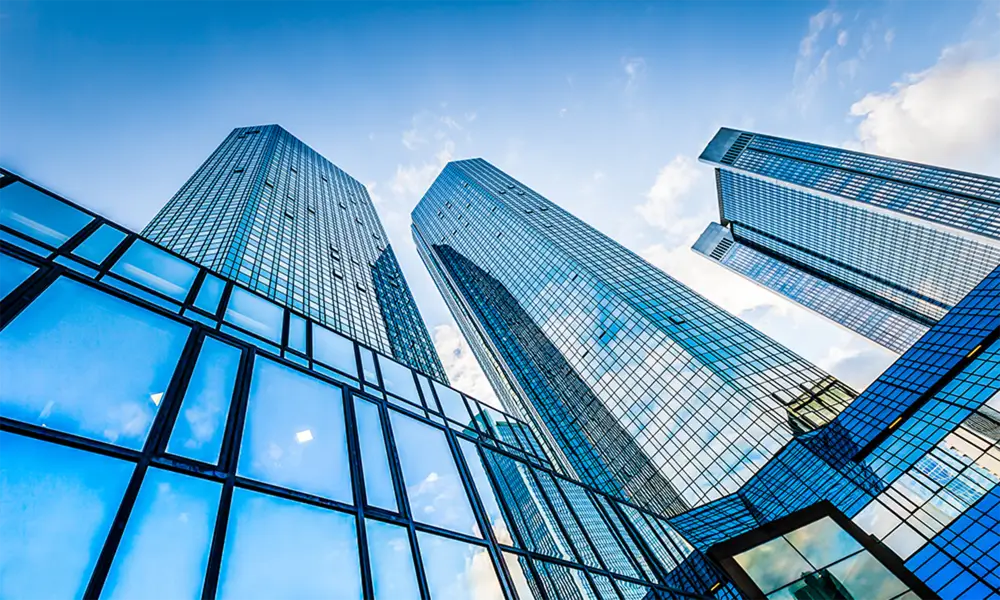

Understanding Glazed Tempered Glass Features, Applications, and Benefits
Glazed tempered glass, a remarkable innovation in modern architecture and design, is manufactured through a unique process that enhances the material's strength and durability while providing aesthetic appeal. This type of glass is characterized by its ability to withstand extreme temperature variations and significant mechanical stress. In this article, we will explore the features, applications, and advantages of glazed tempered glass, shedding light on why it is becoming a preferred choice across various industries.
What is Glazed Tempered Glass?
Glazed tempered glass, often referred to simply as tempered glass, is made from standard glass that undergoes a special heat treatment process. This process involves heating the glass to a temperature of approximately 600 degrees Celsius and then rapidly cooling it. This thermal treatment increases the glass's strength, making it up to five times tougher than standard glass of the same thickness. Furthermore, if it breaks, tempered glass shatters into small, blunt pieces, significantly reducing the risk of injury compared to sharp shards of regular glass.
One of the defining features of glazed tempered glass is its ability to accommodate large architectural designs without compromising safety and integrity. The glazing process can also involve adding coatings to improve energy efficiency, reflectivity, and UV protection, enhancing its functionality for various applications.
Applications of Glazed Tempered Glass
The versatility of glazed tempered glass makes it suitable for a wide range of applications. Its high strength and durability enable it to be used in architectural structures, such as facades, windows, and glass doors, providing both aesthetic beauty and structural integrity. Additionally, it is increasingly used in residential buildings, particularly in shower enclosures, glass railings, and tabletops.

In commercial spaces, glazed tempered glass serves as an ideal choice for storefronts and office partitioning, allowing natural light to permeate while maintaining sightlines and an open feeling. The glass's ability to be coated for improved thermal performance makes it particularly valuable in energy-efficient building design. Moreover, it is used in the automotive industry for windshields and side windows, enhancing passenger safety while contributing to the sleek design of modern vehicles.
Benefits of Glazed Tempered Glass
The benefits of glazed tempered glass go beyond its strength and safety features. One significant advantage is its thermal resistance. The glass can withstand temperatures up to 200 degrees Celsius, making it suitable for environments with fluctuating temperatures, such as kitchens and bathrooms.
Another notable benefit is energy efficiency. Glazed tempered glass can be treated with low-emissivity (Low-E) coatings that help regulate heat transfer, keeping buildings cooler in summer and warmer in winter. This energy performance not only contributes to a reduced carbon footprint but also lowers energy costs for heating and cooling.
Moreover, the aesthetic appeal of glazed tempered glass cannot be overstated. Available in various finishes, colors, and textures, it can be tailored to fit any architectural style or design requirement. The clarity and transparency of the glass allow for unobstructed views, contributing to open and inviting indoor and outdoor spaces.
Conclusion
In conclusion, glazed tempered glass is a quintessential material in contemporary design, offering a combination of strength, safety, versatility, and aesthetic appeal. Its applications span residential and commercial sectors, making it an indispensable component in modern architecture. As technology advances and energy efficiency becomes increasingly crucial in building design, the demand for high-performance materials like glazed tempered glass is likely to grow even further. By understanding its features and benefits, architects, designers, and homeowners alike can make informed decisions when incorporating this innovative material into their projects.